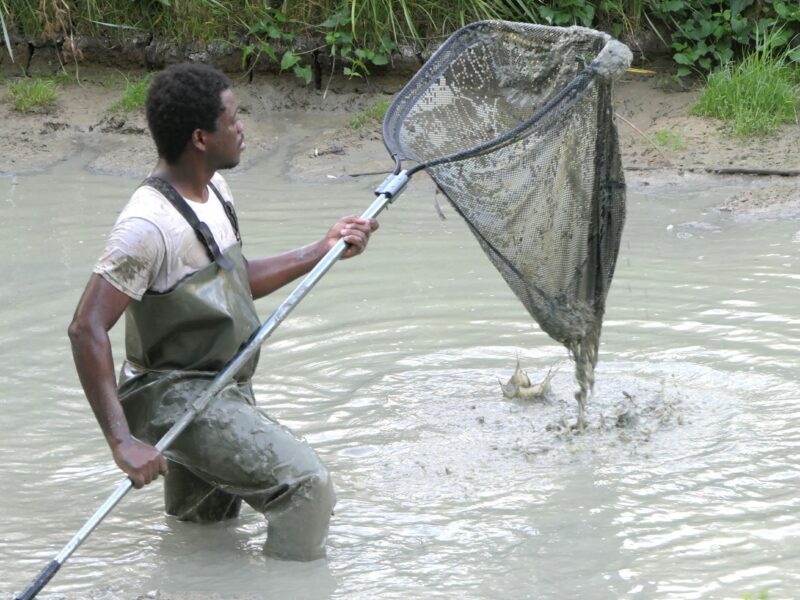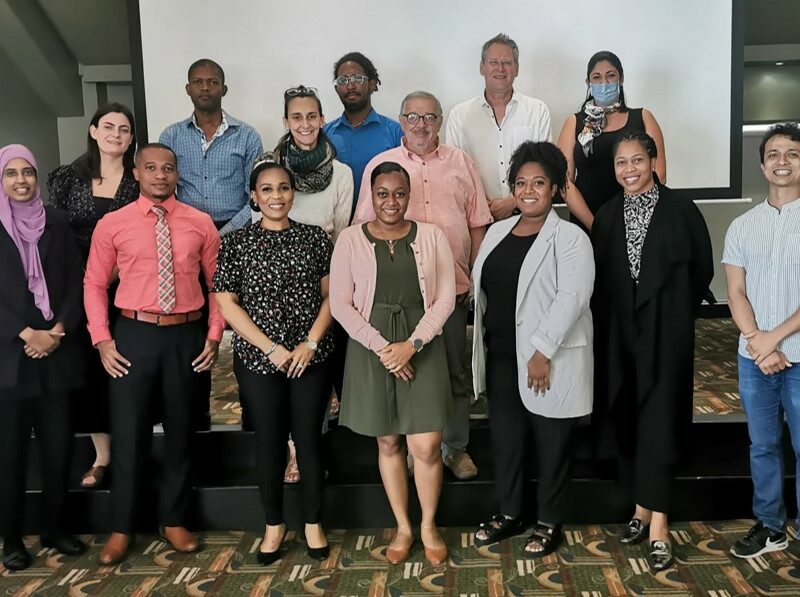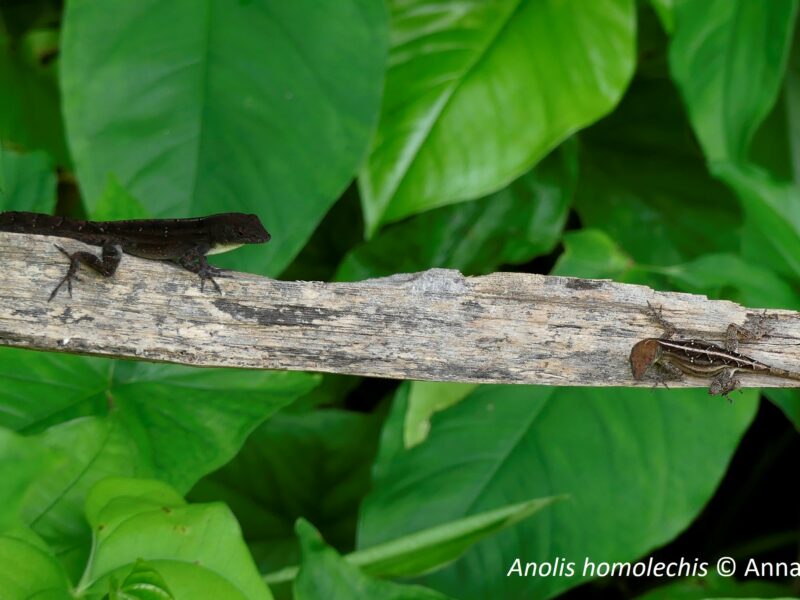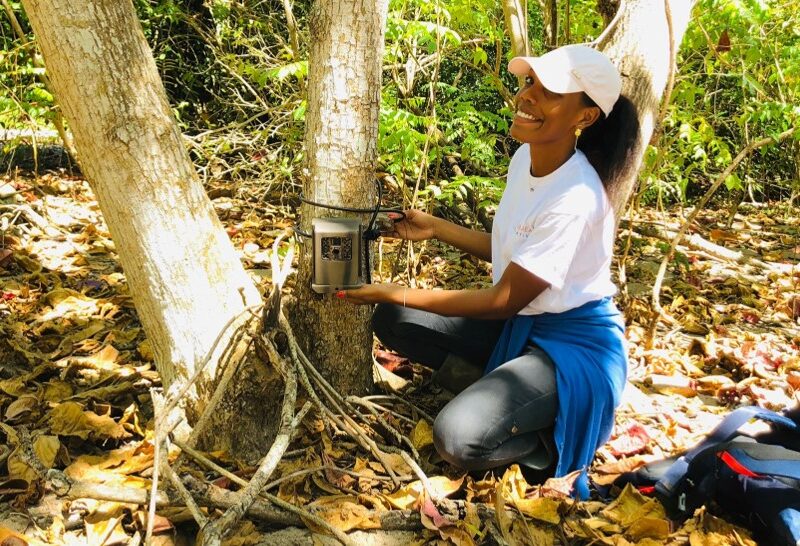-

Martinique: a three-week mission to study freshwater turtles
Continue readingFreshwater turtles may seem harmless, but some species are nonetheless invasive and potentially dangerous for local biodiversity. This is the case for two species in the West Indies: the Antillean slider (Trachemys stejnegeri), native to Puerto Rico, and the Yellow-bellied slider turtle (Trachemys scripta), native to the United States. To better understand the demographic parameters and ecological habits of…
-

Environmental diplomacy: a training provided to young Caribbean diplomats
Continue readingThe insular Caribbean is one of the most important biodiversity hotspots on the planet, home to a variety of flora and fauna, many of which are endemic. This biodiversity is exposed to many threats, such as climate change, deforestation, or the anthropization of natural environments. The preservation of this natural heritage is linked to global geopolitical issues. To assert…
-

In Cuba, anoles living in suburban habitats differ from those from natural forests
Urbanization is a growing phenomenon, with many consequences on animal species. In Cuba, the lizard Anolis homolechis, endemic to the island, is found in both natural and suburban environments. A comparison between these two habitats, however, shows variations in the lizard populations. Continue reading

Camera-traps to spy on columbid birds
Continue readingPigeons and doves play a crucial role in the dynamics and diversity of many ecosystems, thanks to their ability to disperse seeds. Their decline could therefore affect other species, including both animals and plants. In the insular Caribbean, data on columbid species are still scarce. In a recent study, camera-traps were used to learn more about three avian species.…
Anolis equestris potior © Aslam Castellón Maure
